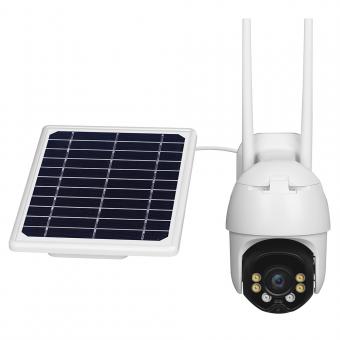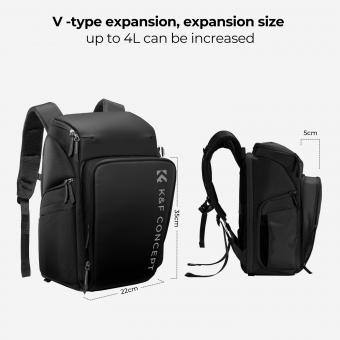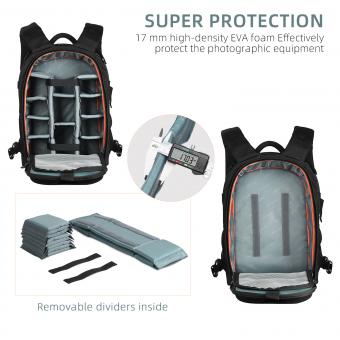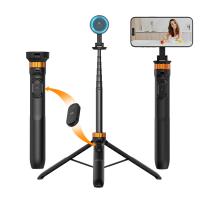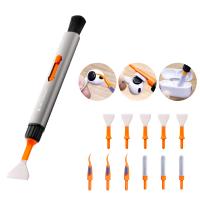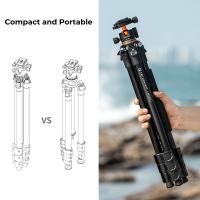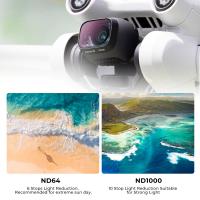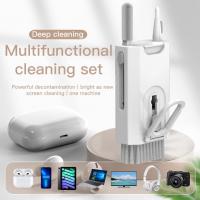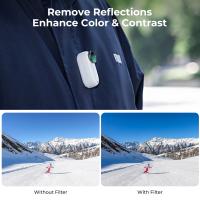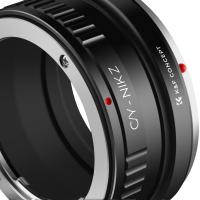What To Look For Binoculars ?
When looking for binoculars, there are several factors to consider. First, consider the magnification power and objective lens size. A higher magnification power will allow you to see objects in greater detail, but may also result in a narrower field of view. A larger objective lens size will allow more light to enter the binoculars, resulting in brighter images.
Next, consider the type of prism used in the binoculars. Roof prisms are more compact and durable, while Porro prisms offer a wider field of view and better depth perception.
Other factors to consider include the size and weight of the binoculars, the quality of the lenses and coatings, and any additional features such as waterproofing or image stabilization. Ultimately, the best binoculars for you will depend on your specific needs and intended use.
1、 Magnification
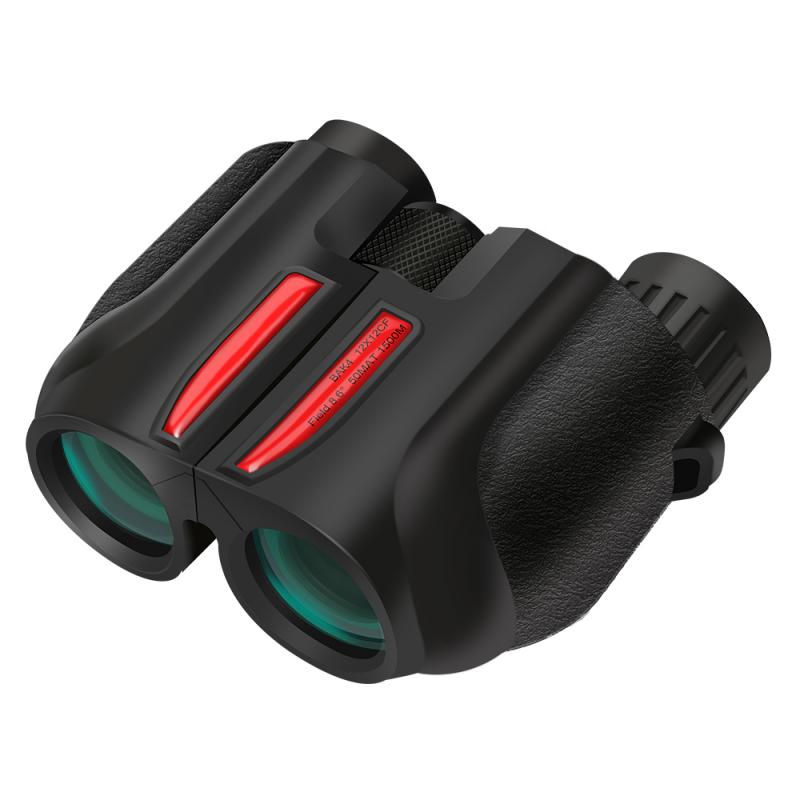
When looking for binoculars, one of the most important factors to consider is magnification. Magnification refers to the degree to which the image is enlarged when viewed through the binoculars. The higher the magnification, the closer the image appears. However, it's important to note that higher magnification doesn't always mean better quality. In fact, too high of a magnification can result in a shaky image and reduced field of view.
The ideal magnification for binoculars depends on the intended use. For general use, a magnification of 8x or 10x is recommended. For bird watching or other outdoor activities, a magnification of 8x to 12x is ideal. For astronomy, a magnification of 15x to 20x is recommended.
It's also important to consider the objective lens size when looking at magnification. The objective lens is the lens at the front of the binoculars that gathers light. A larger objective lens allows for more light to enter the binoculars, resulting in a brighter image. However, a larger objective lens also means a heavier and bulkier pair of binoculars.
In recent years, there has been a trend towards using lower magnification binoculars with larger objective lenses. This is because a larger objective lens can provide a brighter image, even with lower magnification. Additionally, lower magnification binoculars tend to have a wider field of view, making them ideal for activities such as bird watching or sports events.
Overall, when looking for binoculars, it's important to consider both magnification and objective lens size, as well as the intended use.
2、 Objective lens diameter
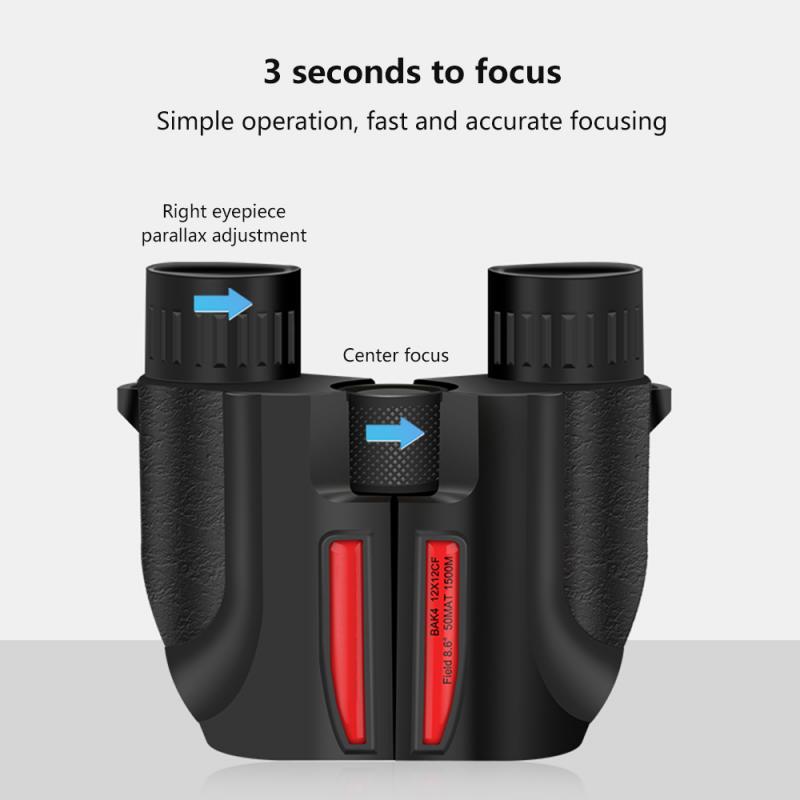
When looking for binoculars, one of the most important factors to consider is the objective lens diameter. This refers to the size of the front lenses of the binoculars, which determines how much light can enter the binoculars and how bright and clear the image will appear.
Generally, larger objective lenses will provide a brighter and clearer image, especially in low light conditions. However, larger lenses also mean heavier and bulkier binoculars, which may not be as portable or convenient to use.
The ideal objective lens diameter will depend on the intended use of the binoculars. For birdwatching or wildlife observation, a larger objective lens diameter of 42mm or more may be preferred to capture fine details and colors. For general outdoor activities or sports events, a smaller objective lens diameter of 25-32mm may be sufficient for a clear image.
It's also important to consider the quality of the lenses and coatings used in the binoculars, as this can affect the clarity and brightness of the image. High-quality lenses and coatings can make a significant difference in the performance of the binoculars, even with a smaller objective lens diameter.
In recent years, there has been a trend towards using more eco-friendly materials and manufacturing processes in binoculars, as well as incorporating advanced technologies such as image stabilization and digital features. These factors may also be worth considering when looking for binoculars.
3、 Prism type
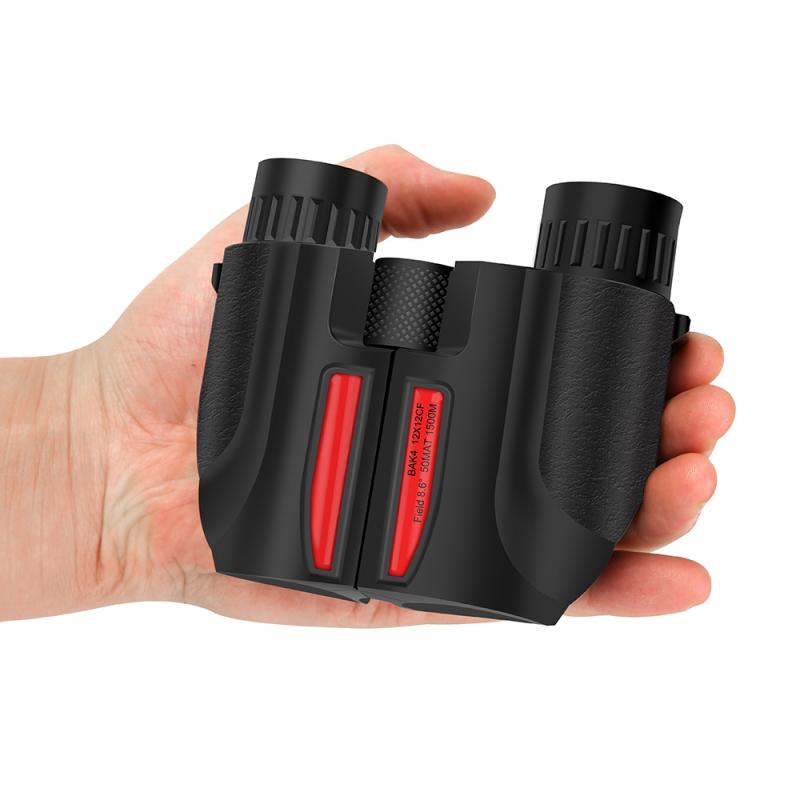
When looking for binoculars, one of the most important factors to consider is the prism type. There are two main types of prisms used in binoculars: roof prisms and Porro prisms.
Roof prisms are more compact and streamlined, making them a popular choice for birdwatching and other outdoor activities. They also tend to be more durable and resistant to damage from drops or impacts. However, they can be more expensive than Porro prism binoculars.
Porro prisms, on the other hand, are bulkier and less streamlined, but they offer a wider field of view and better depth perception. They are also generally less expensive than roof prism binoculars.
In recent years, there has been a trend towards using high-quality glass and coatings in binoculars, which can greatly improve image clarity and brightness. Look for binoculars with high-quality lenses and coatings, such as ED (extra-low dispersion) glass and fully multi-coated lenses.
Another important factor to consider is the magnification and objective lens size. Higher magnification can be useful for long-distance viewing, but it can also make the image shakier and harder to focus. A larger objective lens size can let in more light and provide a brighter image, but it can also make the binoculars heavier and bulkier.
Ultimately, the best prism type for you will depend on your specific needs and preferences. Consider factors such as the activities you will be using the binoculars for, your budget, and your personal preferences for size and weight.
4、 Field of view

When looking for binoculars, one of the most important factors to consider is the field of view. This refers to the width of the area that can be seen through the binoculars at a given distance. A wider field of view allows you to see more of your surroundings, making it easier to track moving objects or scan a large area.
When considering field of view, it's important to look at both the angle of view and the actual width of the field. The angle of view is measured in degrees and indicates how much of the scene you can see from a specific distance. The width of the field is measured in feet or meters and tells you how wide the area is that you can see.
It's also important to consider the magnification of the binoculars when looking at field of view. Higher magnification can narrow the field of view, so you'll want to find a balance between magnification and field of view that works for your needs.
In recent years, some binocular manufacturers have started using new technologies to improve field of view. For example, some models use curved lenses or special coatings to provide a wider, more immersive view. Others use digital processing to enhance the image and provide a more detailed view of the scene.
Overall, when looking for binoculars, it's important to consider the field of view and find a model that provides a wide, clear view of your surroundings.



